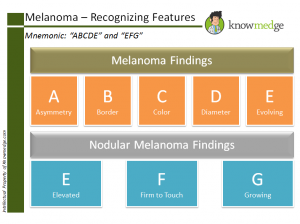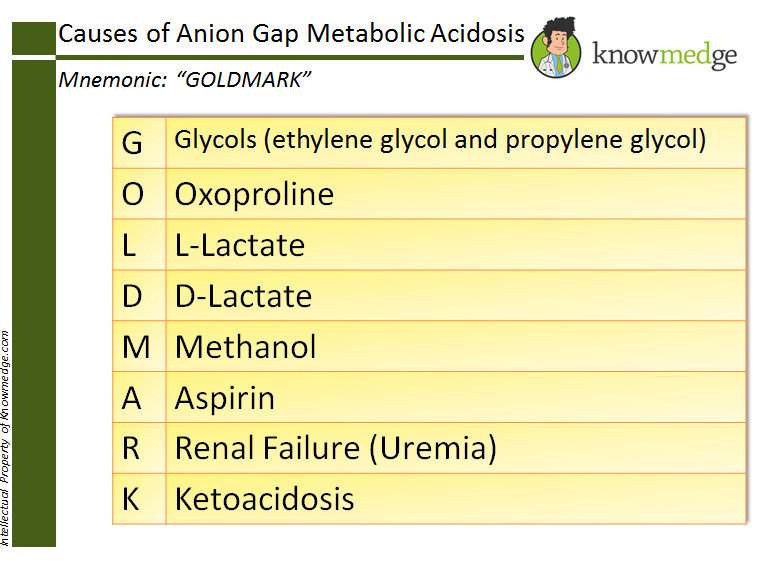Medical Mnemonics: Features of Horner’s Syndrome –
“SAMPLE”
Medical
Mnemonics
Horner’s Syndrome (Oculosympathetic paresis) is a rare neurologic condition
whose symptoms and signs include:
- Ptosis (drooping eyelid)
- Anhidrosis (inability to sweat).
- Miosis (pupil constriction)
Horner’s syndrome can be caused by any
set of sympathetic nerve fiber injuries. Horner’s syndrome is generally
classified into Central and Peripheral.
- Central: Sympathetic nerves start in the brain and then travel down to the
spinal cord and into the chest.
- Peripheral: Sympathetic nerves start from the chest to the neck, arteries,
head, and into the eyes.
Another feature of Horner’s syndrome is loss
of ciliospinal reflex (pupil dilates when pressure / pain applied to neck or
face. Patients with Horner’s syndrome also experience Enophthalmos (posterior
displacement of the eyeball). These features can all be remembered by the
mnemonic “SAMPLE”
- S: Sympathetic Nerve Fiber Injury
- A: Anhidrosis
- M: Miosis
- P: Ptosis
- L: Loss of ciliospinal reflex
- E: Enophthalmos


